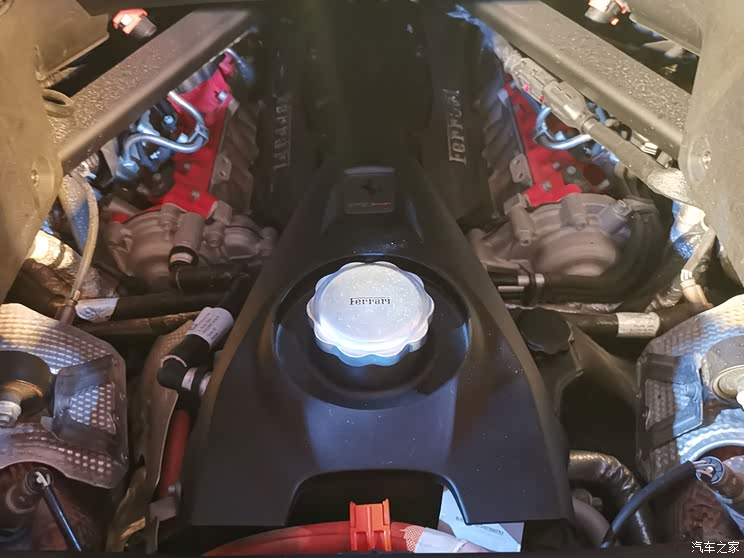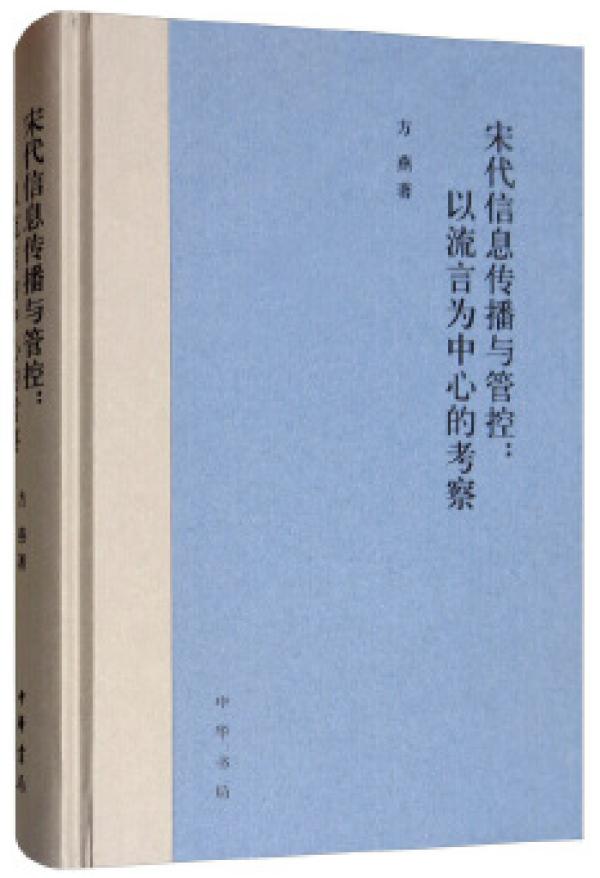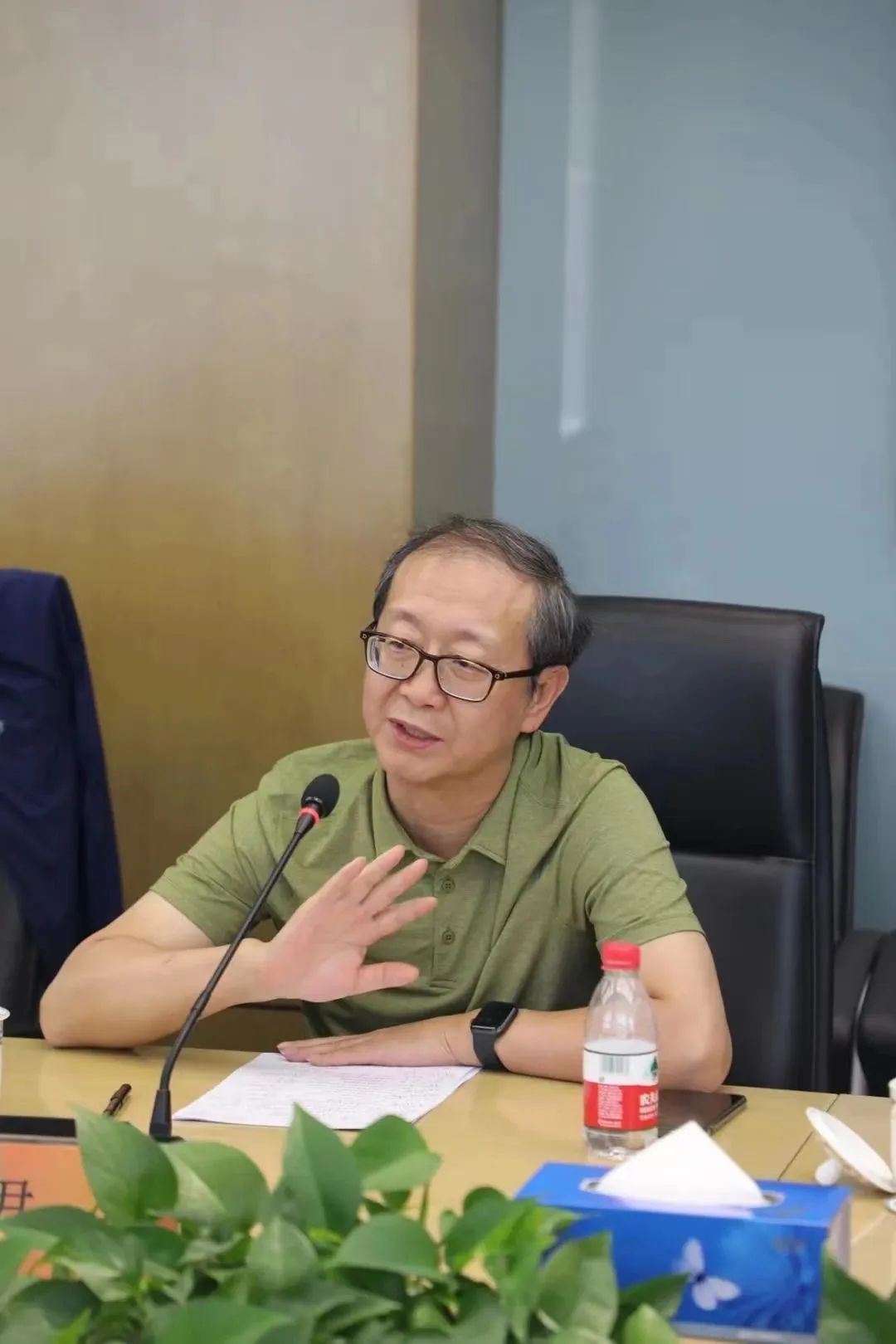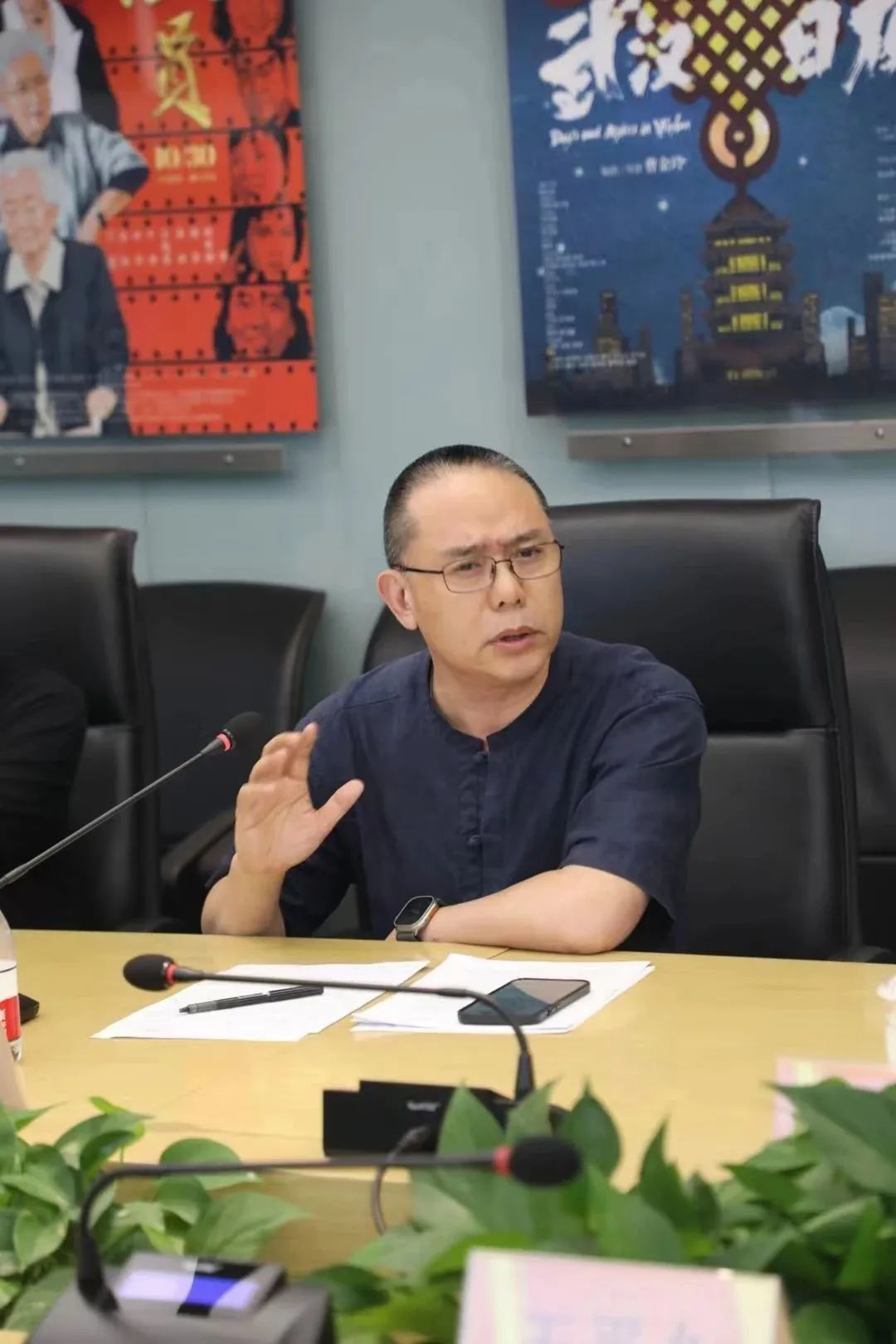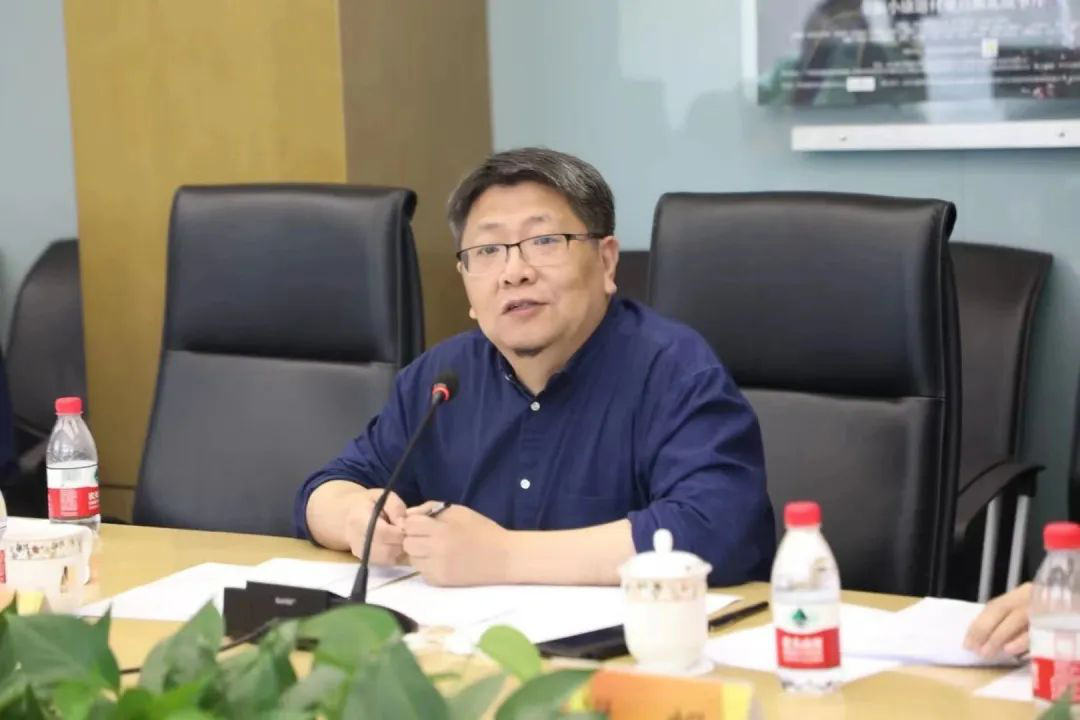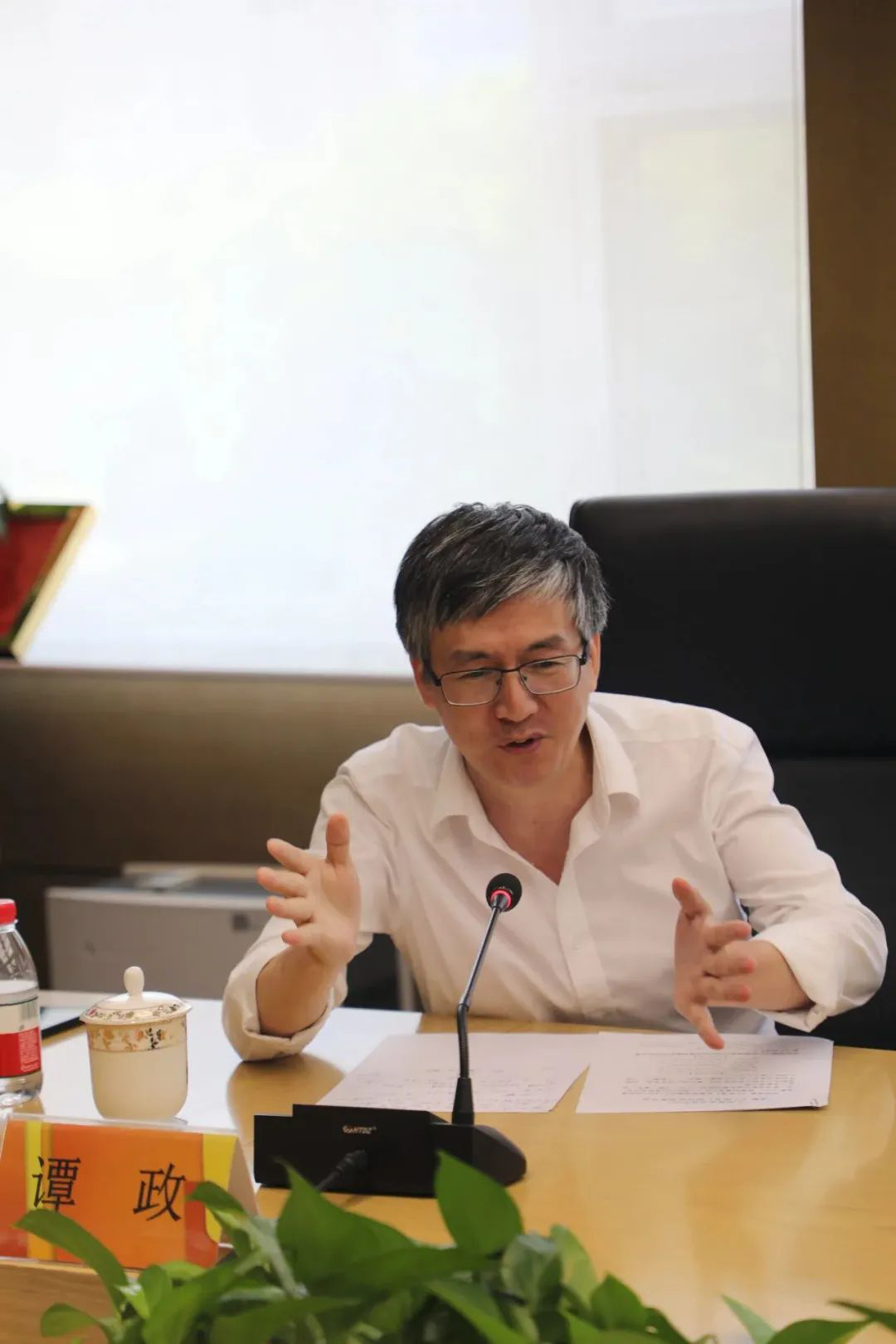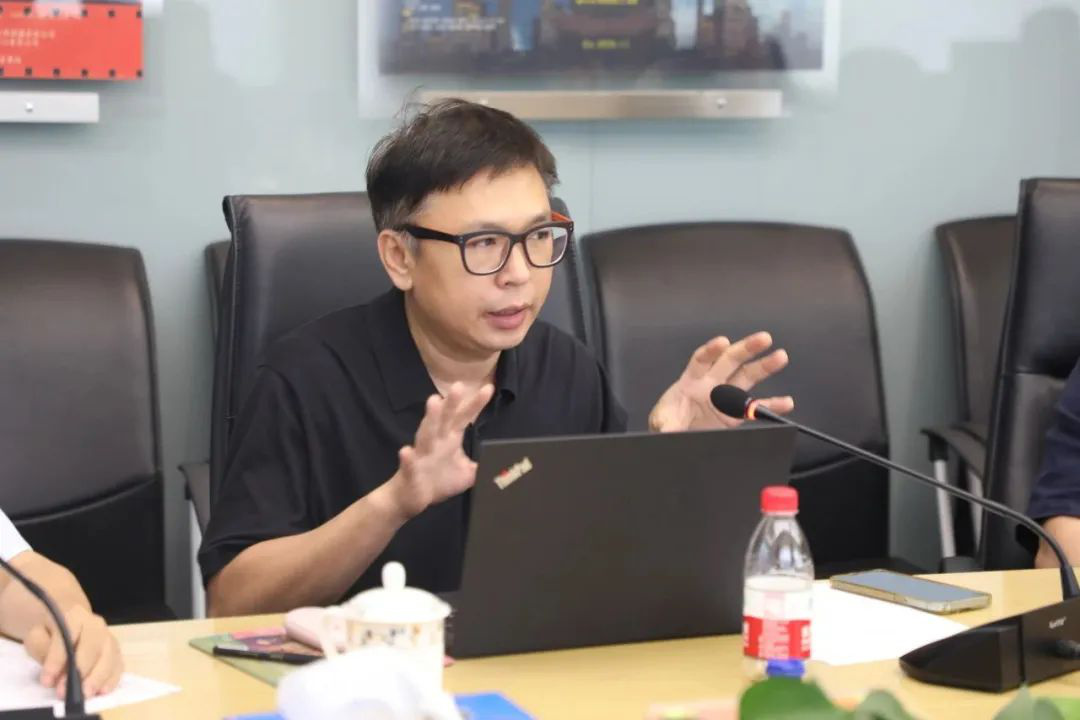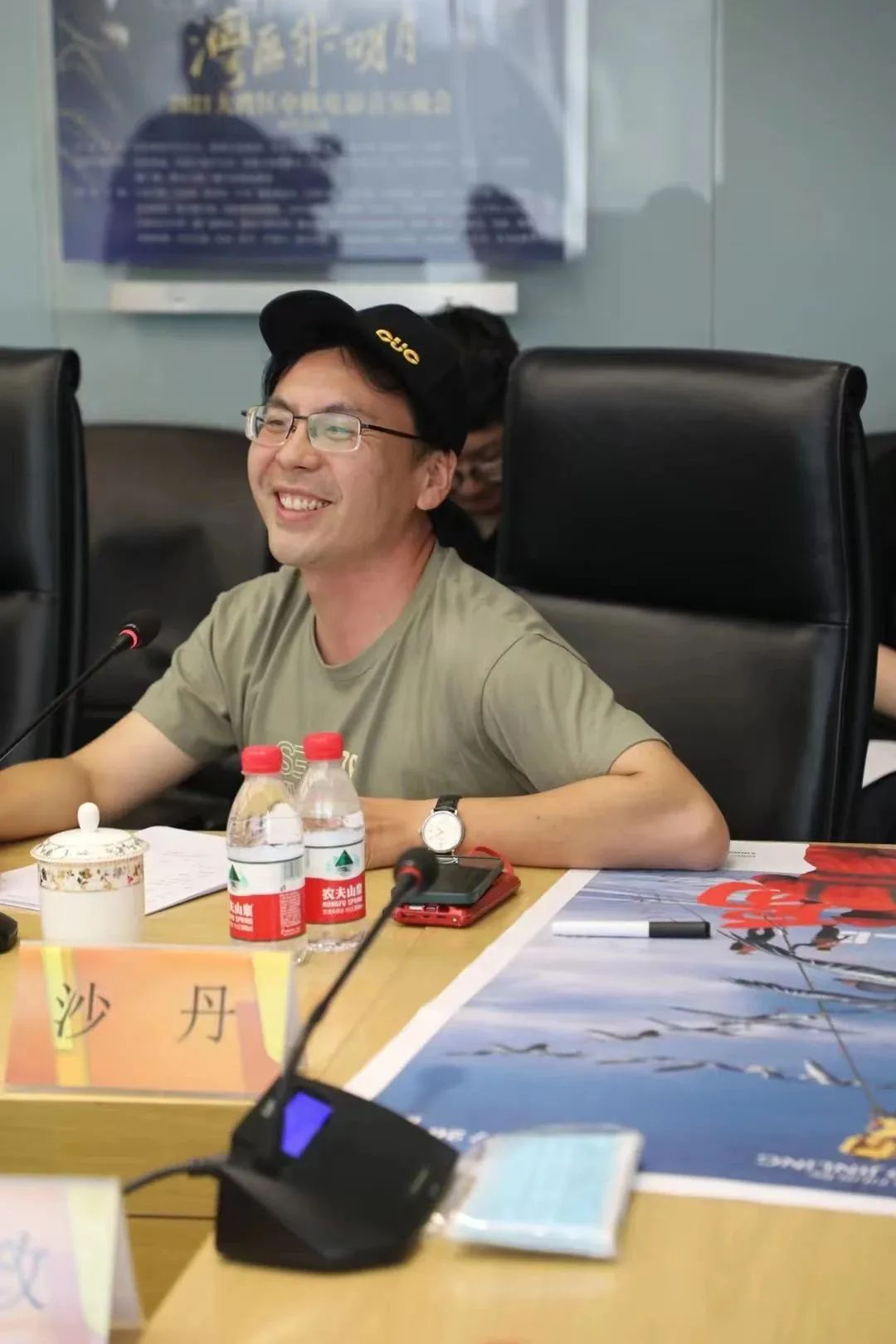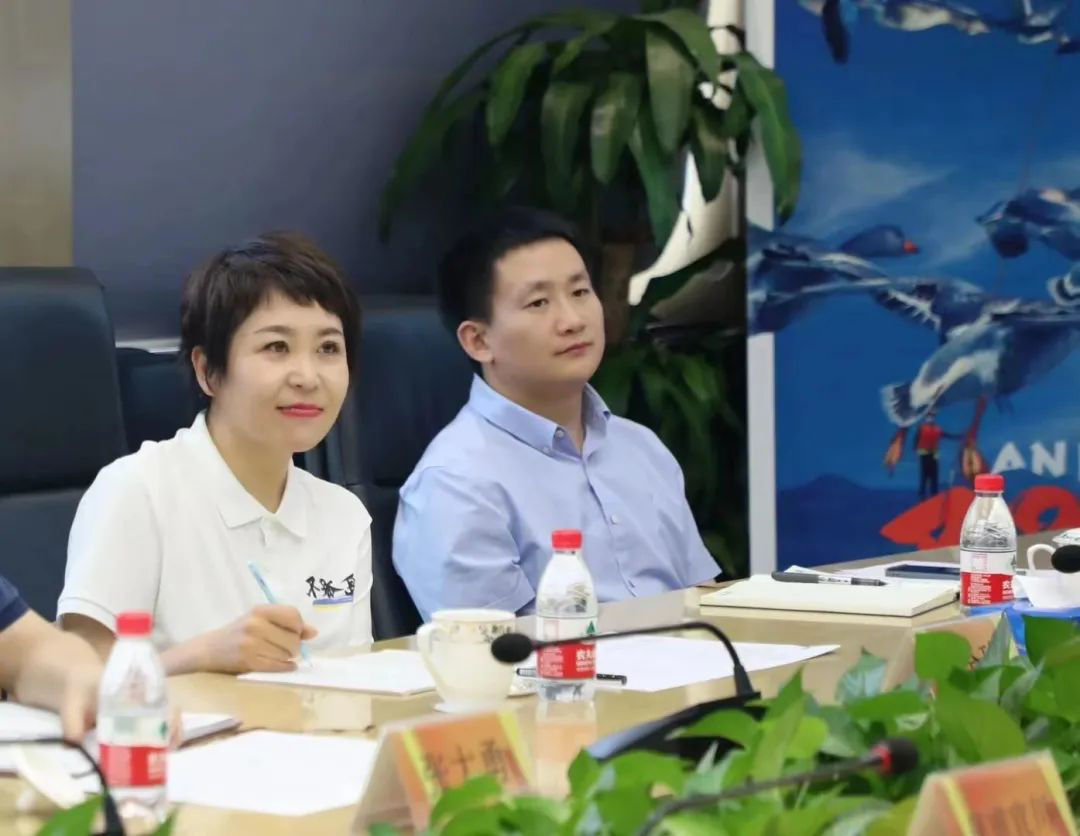(Approved by the State Council on May 12, 1992, promulgated by Order No.8 of the Ministry of Public Security on June 16, 1992, revised according to the Decision of the State Council on Abolishing and Amending Some Administrative Regulations on January 8, 2011)
Chapter I General Provisions
Article 1 These Regulations are formulated in accordance with the Law of People’s Republic of China (PRC) on Assemblies, Processions and Demonstrations (hereinafter referred to as the Law on Assemblies, Processions and Demonstrations).
Article 2 People’s governments at all levels shall, in accordance with the law, safeguard citizens’ rights to assembly, procession and demonstration, maintain social stability and public order, and ensure that assemblies, processions and demonstrations held according to law are not disturbed, impacted or destroyed by anyone by violence, coercion or other illegal means.
Article 3 The term "open-air public places" as mentioned in Article 2 of the Law on Assemblies, Demonstrations and Demonstrations refers to outdoor public places that the public can freely enter or leave with tickets, excluding the internal open-air places managed by organs, groups, enterprises and institutions; Public roads refer to roads and waterways except special roads within organs, organizations, enterprises and institutions.
Article 4 Recreational and sports activities, normal religious activities and traditional folk customs activities shall be managed by people’s governments at all levels or relevant competent departments in accordance with relevant laws, regulations and other relevant provisions of the state.
Article 5 The weapons mentioned in Article 5 of the Law on Assemblies, Processions and Demonstrations refer to all kinds of guns, ammunition and other devices that can be used to harm people. Controlled knives refer to daggers, triangular knives, spring knives and other knives controlled according to law; Explosives refer to all explosives with explosive power and destructive performance, which can cause casualties and damage to articles in an instant.
The weapons, controlled knives and explosives listed in the preceding paragraph shall not be carried in assemblies, processions and demonstrations, nor shall they be transported to the places where assemblies, processions and demonstrations are held.
Article 6 In accordance with the second paragraph of Article 7 of the Law on Assemblies, Processions and Demonstrations, traffic order and social order shall be maintained when holding activities that do not require application.
Article 7 Assemblies, processions and demonstrations shall be in charge of the municipal and county public security bureaus and city public security sub-bureaus where they are held.
Where the route of procession and demonstration passes through two or more districts and counties in the same municipality directly under the central government, a city under the jurisdiction of a province or an autonomous region, or the area where the dispatched offices of the people’s governments of provinces and autonomous regions are located, the municipal public security bureau or the public security department of the dispatched offices of the people’s governments of provinces and autonomous regions shall be in charge; In the administrative area of the same province or autonomous region, if it passes through the area where two or more cities under the jurisdiction of the province or autonomous region or the agencies of the people’s governments of the provinces or autonomous regions are located, it shall be in charge of the public security department of the province or autonomous region where it is located; If it passes through more than two provinces, autonomous regions and municipalities directly under the Central Government, it shall be in charge of the Ministry of Public Security or the public security organs of provinces, autonomous regions and municipalities directly under the Central Government authorized by the Ministry of Public Security.
Chapter II Applications and Permits for Assemblies, Processions and Demonstrations
Article 8 An assembly, a procession or a demonstration must be held with a responsible person.
The following persons shall not be responsible for an assembly, a procession or a demonstration:
(a) a person with no capacity or with limited capacity;
(two) the sentence has not been completed;
(3) being reeducated through labor;
(4) being subjected to criminal compulsory measures or other measures restricting personal freedom as prescribed by law.
Article 9 To hold an assembly, a procession or a demonstration, the person in charge must personally submit a written application to the competent public security organ as stipulated in Article 7 of these regulations; If the written application is not submitted by the person in charge in person, the competent public security organ will not accept it.
When submitting a written application, the person in charge of an assembly, a procession or a demonstration shall show his resident identity card or other valid documents, and truthfully fill in the application registration form.
Article 10 After receiving an application for an assembly, a procession or a demonstration, the competent public security organ shall promptly examine it and make a written decision on whether to approve or disapprove it within the statutory time limit; The written decision shall specify the contents of the license or the reasons for disapproval.
The written decision shall be delivered to the person in charge 2 days before the date of application for holding an assembly, a procession or a demonstration, and the person in charge shall sign the notice of delivery. If the person in charge refuses to sign for it, the addressee shall invite the representative of the local grass-roots organization or other people to be present as witnesses to explain the situation, specify the reasons and date of the refusal on the notice of service, and leave the written decision at the residence of the person in charge, which shall be deemed as having been served.
If the specific time and place of service are agreed in advance, and the person in charge of the assembly, procession and demonstration is not waiting at the agreed time and place and cannot be served, the application shall be deemed to have been revoked by himself; If the competent public security organ fails to deliver it at the agreed time and place, it shall be deemed as permission.
Article 11 Where an application is made for holding an assembly, a procession or a demonstration to solve specific problems, the competent public security organ shall, within 2 days from the date of receiving the application, send the Notice on Solving Specific Problems through Consultation to the person in charge of the assembly, the procession or the demonstration and the relevant organ or unit respectively, and if necessary, send it to the superior competent department of the relevant organ or unit at the same time. The relevant organs or units and the person in charge of applying for an assembly, a procession or a demonstration shall hold consultations within 2 days from the day after receiving the Notice on Solving Specific Problems through Consultation from the public security organ. If an agreement is reached, the agreement shall be sent to the competent public security organ in time by the relevant organ or unit after being signed by the responsible persons of both parties; If no agreement is reached or no consultation is held within 2 days from the day after receiving the Notice on Solving Specific Problems through Consultation, and the applicant insists on holding an assembly, a procession or a demonstration, the relevant organ or unit shall promptly notify the competent public security organ, and the competent public security organ shall promptly make a decision on approval or disapproval in accordance with the procedures specified in Article 10 of these regulations.
If the competent public security organ informs one or both parties to solve a specific problem through consultation that they are in other places, the notice of solving a specific problem through consultation, the agreement reached by both parties through consultation or the notice that no agreement has been reached, the starting date of delivery and the time on the way will not be counted in the legal period.
Article 12 According to Article 15 of the Law on Assemblies, Processions and Demonstrations, citizens are not allowed to launch, organize or participate in assemblies, processions and demonstrations of local citizens in cities other than their places of residence. The term "residence" as mentioned in this article refers to the place where a citizen’s permanent residence is located or where he has gone through temporary registration with the temporary residence registration authority and has lived continuously for more than half a year.
Article 13 After receiving an application for holding an assembly, a procession or a demonstration, the competent public security organ may change the time, place and route of holding an assembly, a procession or a demonstration in any of the following circumstances, and notify its responsible person in time:
(a) held in the rush hour, which may cause serious traffic jams for a long time;
(two) the venue or the route is under construction, which is impassable;
(3) The venue is a ferry, a railway crossing or an adjacent country (border);
(four) the motor vehicles used do not meet the requirements of road maintenance;
(five) there are major state activities at the same time and place as the application for holding an assembly, a procession or a demonstration;
(six) at the same time, place and route as the application for holding an assembly, a procession or a demonstration, others have been allowed to hold an assembly, a procession or a demonstration.
When deciding the license, the competent public security organ considers it necessary to change the time, place and route of an assembly, a procession or a demonstration, and it shall state it in the license decision.
If, after the approval is decided, natural disasters or public security accidents occur in the place where the application for holding an assembly, a procession or a demonstration is made, and emergency rescue and disaster relief are still being carried out, and normal order cannot be restored before the holding date, the competent public security organ may change the time, place and route of holding the assembly, procession and demonstration, but the Decision on Change of Events of Assembly, Parade and Demonstration shall be delivered to the person in charge of the assembly, procession and demonstration before the application date.
Article 14 If the person in charge of an assembly, a procession or a demonstration refuses to accept the decision of the competent public security organ not to grant permission, he may apply to the people’s government at the same level for reconsideration within 3 days from the date of receiving the decision of not granting permission. The people’s government shall, within 3 days from the date of receiving the application for reconsideration, make a reconsideration decision to maintain or revoke the original decision of the competent public security organ, and serve the "Decision on Reconsideration of Assemblies, Processions and Demonstrations" to the person in charge of the assembly, procession and demonstration, and send a copy to the competent public security organ that made the original decision. The reconsideration decision made by the people’s government must be implemented by the competent public security organ and the person in charge of the assembly, procession and demonstration.
Article 15 If the person in charge of an assembly, a procession or a demonstration withdraws his application after submitting it and before receiving the notice from the competent public security organ, he shall go through the withdrawal formalities at the competent public security organ that accepted the application in time.
If the person in charge of an assembly, a procession or a demonstration decides not to hold an assembly, a procession or a demonstration after receiving the notice of permission from the competent public security organ or the reconsideration decision approved by the people’s government, he shall return the permission decision or reconsideration decision to the competent public security organ or the people’s government that originally accepted the meeting, procession or demonstration before the scheduled time.
Article 16 When organizing or participating in an assembly, a procession or a demonstration in the name of a state organ, a social organization, an enterprise or institution, the person-in-charge of the organization must, at the same time, submit a certificate signed and stamped by the person-in-charge of the state organ, a social organization, an enterprise or institution.
Chapter III Holding of Assemblies, Parades and Demonstrations
Seventeenth of the assembly held according to law, the public security organ shall, according to the actual needs, send people’s police to maintain order and ensure the smooth holding of the assembly.
For processions and demonstrations held in accordance with the law, the people’s police responsible for maintaining order should divert traffic on the routes or places where the processions and demonstrations are held with the permission of the competent public security organs, so as to prevent others from disturbing or disrupting the order of processions and demonstrations. When necessary, they can also temporarily implement the relevant provisions of traffic rules flexibly to ensure the smooth progress of processions and demonstrations.
Article 18 The people’s police responsible for maintaining traffic order and social order shall be under the unified command of the person in charge at the scene appointed by the competent public security organ. The person in charge of the people’s police at the scene shall keep in touch with the person in charge of the assembly, procession and demonstration.
Article 19 When a procession encounters temporary natural disasters, traffic accidents and other public security disasters on the road ahead, or serious conflicts and chaos occur between processions, processions and onlookers, and other unexpected circumstances suddenly occur, so that the procession cannot follow the permitted route, the person in charge of the people’s police at the scene has the right to temporarily decide to change the route of the procession.
Article 20 The cordon temporarily set up by the competent public security organ shall be clearly marked, and obstacles may be set up when necessary.
Twenty-first "assembly, procession and demonstration law" listed in Article 23 of the place where no assembly, procession or demonstration is allowed, refers to the distance extending outward from the periphery of the building in the above place; If there is a fence or fence, it shall be counted from the periphery of the fence or fence. The specific peripheral distance of places where assemblies, processions and demonstrations are not allowed shall be stipulated and promulgated by the people’s governments of provinces, autonomous regions and municipalities directly under the Central Government.
The specific surrounding distance of places where people’s governments of provinces, autonomous regions and municipalities directly under the Central Government stipulate that assemblies, processions and demonstrations are not allowed shall be conducive to protecting the safety and order of the above places and facilitating the holding of legal assemblies, processions and demonstrations.
Twenty-second the person in charge of an assembly, a procession and a demonstration must be responsible for maintaining the order of the assembly, a procession and a demonstration, and should be discouraged if other people join the assembly, a procession and a demonstration; Those who do not listen to dissuasion shall immediately report to the people’s police who maintain order at the scene. The people’s police shall stop it after receiving the report.
Signs worn by persons in charge of assemblies, processions and demonstrations designated to assist the people’s police in maintaining order shall be reported to the competent public security organ for the record before the holding.
Article 23 In accordance with the provisions of Article 27 of the Law on Assemblies, Processions and Demonstrations, the people’s police have the right to immediately stop the illegal holding of assemblies, processions and demonstrations or the occurrence of situations that endanger public security or seriously disrupt social order during the assembly, procession and demonstration. For those who refuse to stop and need to order dissolution, they shall inform the personnel present to leave the scene in a specified way within a limited time by broadcasting, shouting and other clear ways. For those who refuse to leave within a limited time, the person in charge of the people’s police at the scene has the right to order the use of police equipment or use other police means to forcibly disperse them in accordance with relevant state regulations; Those who continue to stay at the scene may be forcibly taken away from the scene or immediately detained.
Chapter IV Legal Liability
Article 24 Whoever refuses or hinders the people’s police from performing their duties of maintaining traffic order and social order according to law and should be punished for public security administration shall be punished in accordance with the provisions of the Law on Public Security Administration Punishment; If a crime is constituted, criminal responsibility shall be investigated according to law.
Violation of the provisions of Article 5 of these regulations, which does not constitute a crime, shall be punished in accordance with the provisions of the Public Security Administration Punishment Law.
Article 25 In accordance with the provisions of Articles 29 and 30 of the Law on Assembly, Parade and Demonstration, if criminal responsibility needs to be investigated according to law, the competent public security organ in the place where the meeting is held shall handle it in accordance with the procedures stipulated in the Criminal Procedure Law.
Twenty-sixth in accordance with the provisions of Article 33 of the Law on Assembly, Parade and Demonstration, the public security organ shall conduct an interrogation within 24 hours; If forced repatriation is needed, the competent public security organ in the place where the act is committed shall make a Decision on Forced Repatriation and send the people’s police to execute it. The people’s police in charge of execution shall send the deported person back to his place of residence, together with the Decision on Forced Repatriation, to the public security organ of the deported person’s place of residence, which shall handle it according to law.
Article 27 In accordance with Articles 28 and 30 of the Law on Assemblies, Demonstrations and Demonstrations and Article 24 of these Regulations, if a party is given administrative penalties for public security, it shall be decided and executed by the public security organ in the place where the act is committed in accordance with the procedures stipulated in the Law on Administrative Penalties for Public Security. If the punished person refuses to accept the punishment decision, he may apply for reconsideration; Anyone who refuses to accept the reconsideration decision of the public security organ at the next higher level may bring a lawsuit to the people’s court in accordance with the law.
Article 28 A public security organ shall interrogate a person who is forcibly taken away from the scene or immediately detained in accordance with the provisions of Article 27 of the Law on Assembly, Parade and Demonstration. Those who do not need to be investigated for legal responsibility may be released after making a statement of repentance; Need to be investigated for legal responsibility, in accordance with the relevant laws and regulations.
Twenty-ninth in the process of holding an assembly, a procession or a demonstration, anyone who destroys public or private property or infringes on the body of others and causes casualties shall be liable for compensation according to law.
Chapter V Supplementary Provisions
Article 30 The provisions of these Regulations shall apply to assemblies, processions and demonstrations held by foreigners in China.
If a foreigner requests to participate in an assembly, procession or demonstration held by a citizen of China in China, the person in charge of the assembly, procession or demonstration shall specify it in the application; Without the approval of the competent public security organ, it is not allowed to participate.
Article 31 The implementation measures formulated by the standing committees of the people’s congresses of provinces, autonomous regions and municipalities directly under the Central Government in accordance with the Law on Assemblies, Processions and Demonstrations shall apply to their respective administrative areas; In case of conflict with these regulations, these regulations shall prevail.
Article 32 The Ministry of Public Security shall be responsible for the interpretation of problems in the specific application of these Regulations.
Article 33 These Regulations shall come into force as of the date of promulgation.








